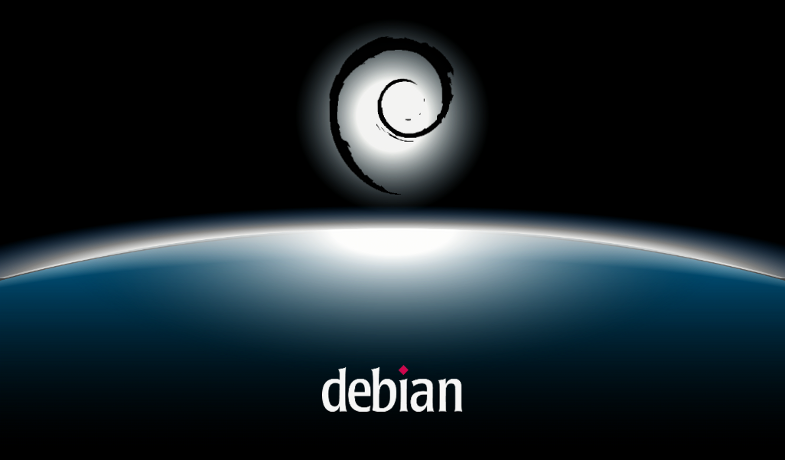Debian Bookworm was released this month, after almost two years of development. The release is backed by rigorous quality assurance measures.
Debian Bookworm is now available to the public after two years of rigorous development. It’s the successor of Debian Bullseye which was released last 2021. This open source operating system will be supported for the next five years and offers users an updated and reliable experience.

What’s new in Debian Bookworm?
- Debian Bookworm comes with 11,089 new packages, totaling 64,419 packages.
- Additionally, 43,254 packages have been updated and 6,296 packages removed as obsolete.
- The disk usage for the new version is 365 GB, with over 1.3 billion lines of code.
- The core of Bookworm is the Linux kernel 6.1 LTS, offering better hardware support and more convenient access to non-free drivers.
- Additionally, it supports Plasma 5.27.5 as its main desktop environment. Users can choose among different desktop environments, including GNOME, KDE Plasma, LXDE, LXQt, MATE, and Xfce.
- Debian 12 Bookworm packs quite a punch – unveiling the stylish Emerald artwork from Juliette Taka and introducing the shiny-server, an effortless way to bring science-driven web apps with R.
- It also brings the command-line tool fnt for a library of 1,500 DFSG-compatible fonts.
- Boasting versatility, the release is suitable for use cases ranging from desktops and netbooks to development, cluster and database servers, plus web and storage applications.
This makes Debian 12 Bookworm a significant step forward for one of the world’s most respected and widely used open source operating systems. The current state-of-the-art, Debian Bookworm looks more attractive, and it is expected to live up to its reputation of being a highly stable and reliable OS. It is available to download, and users can customize their Debian experience and try different environments.










































































